Author: Chris
OnePlus Ace 5 vs. Realme Narzo 70x 5G: 50MP Cameras, 5000mAh Battery!
The battle is on OnePlus Ace 5 vs. Realme Narzo 70x 5G, each armed with 50MP cameras and a 5000mAh battery. Which smartphone will reign supreme? Uncover the victor now!
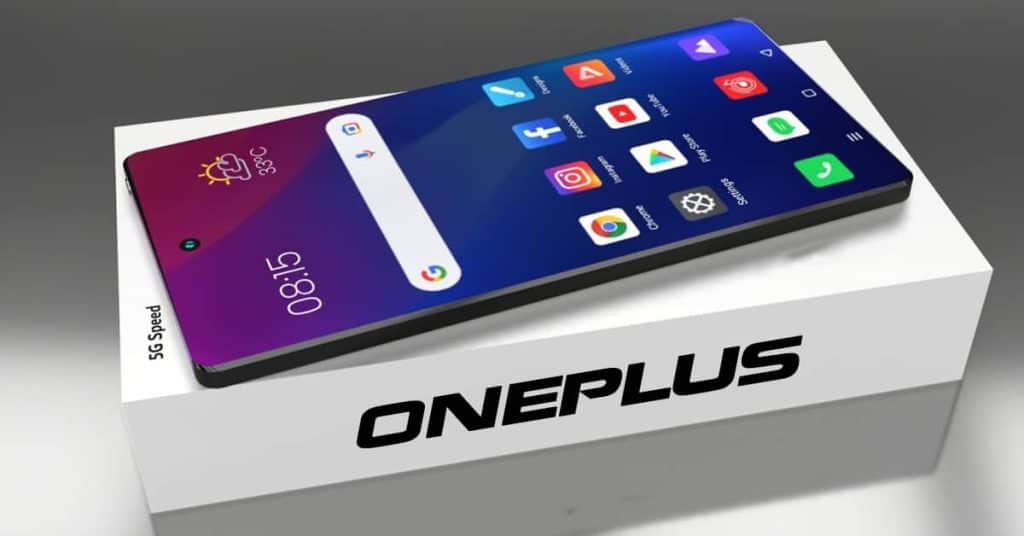
OnePlus Ace 5 vs. Realme Narzo 70x 5G
The OnePlus Ace 5 is expected to launch with an attractive design and an impeccable camera setup. On the other hand, the Realme Narzo 70x 5G entered the market, boasting a long-lasting battery. Firstly, let’s take a look at the display! The OnePlus Ace 5 specs offer 6.7-inch AMOLED with a 1080 x 2408 pixels resolution.
Meanwhile, Realme Narzo 70x 5G specs carry a 6.72-inch IPS LCD with a 1080 x 2400 pixels resolution. As a result, the Realme beast scores the first goal with a bigger size and higher resolution. Under the hood, the OnePlus phone runs on the Mediatek Dimensity 7200 chipset. The Realme device takes power from the Mediatek Dimensity 6100+ SoC. How about the memory department?
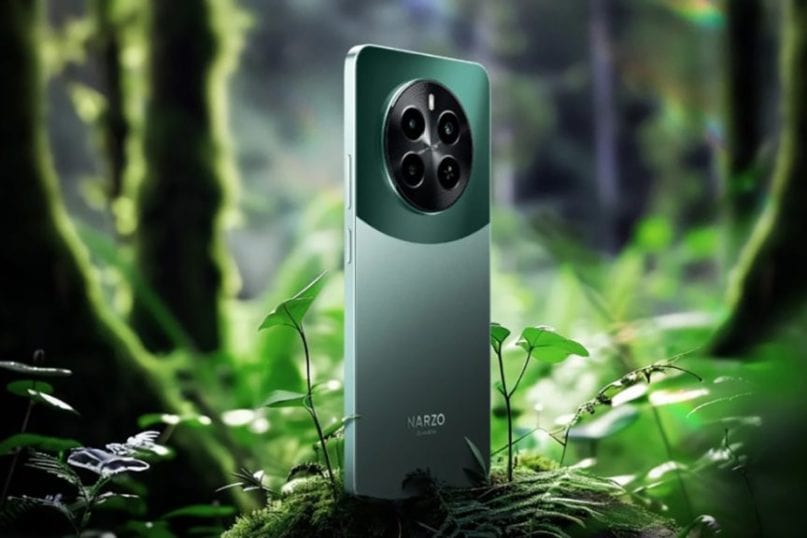
The OnePlus machine arrives with 128GB/ 4GB RAM and 128GB/ 8GB RAM (expandable to 256G ). On the contrary, the Realme machine ships with 128GB/ 4GB RAM and 128GB/ 6GB RAM (expandable to 256GB). Therefore, the OnePlus handset wins this time with excessive RAM and storage. On the other hand, OnePlus and Realme devices run on Android 14 as the operating system. How about the optics system? The OnePlus Ace 5 cameras carry a dual 50MP primary lens + 2MP depth snapper on the back. For capturing selfies, the OnePlus handset has a 16MP front lens. Otherwise, the Realme Narzo 70x 5G cameras sport dual 50MP + 2MP rear lenses. An 8MP front-facing sensor is used to take selfies. Battery-wise, the OnePlus device carries a 5000mAh juice box, while the other figure is the same 5000mAh power cell. Consequently, the Realme team wins the last round with higher camera resolutions and a larger battery. It looks like the Realme team is the winner of today’s fight!
OnePlus Ace 5 vs. Realme Narzo 70x 5G release date and price
The OnePlus Ace 5 release date should fall in the upcoming months. In contrast, the Realme Narzo 70x 5G release date occurred in April 2024. Concerning the cost, the OnePlus Ace 5 price starts at $149 ~ Rs. 12,457. Meanwhile, the Realme Narzo 70x 5G price begins at around $128 ~ Rs. 10,669. Do you prefer the OnePlus beast or the Realme smartphone? Tell us in the comment section!
Nokia Joker Max vs. OPPO Reno 14: 16GB RAM, 200MP Cameras!
Get ready for a fierce battle between Nokia Joker Max vs. OPPO Reno 14, both packing powerful chipsets and eye-catching camera systems.

Nokia Joker Max vs. OPPO Reno 14 specs
Nokia Joker Max specs coming with the screen features include a 6.92-inch Super AMOLED panel, 120Hz refresh rate, and 1080 x 2400 resolution. Meanwhile, OPPO Reno 14 specs coming with the screen features present a 6.7-inch AMOLED display, also at 120Hz, but slightly different 1080 x 2412 resolution. Both phones deliver sharp visuals, though Nokia offers a more immersive viewing experience thanks to its larger screen size.
In terms of performance, Nokia Joker Max runs the Snapdragon 8 Gen 3 chipset, offering flagship-level speed and multitasking support. On the other hand, OPPO Reno 14 features the Snapdragon 7 Gen 3 chipset, which handles daily tasks efficiently but lags behind in performance. As for memory, Nokia Joker Max includes 12GB/16GB RAM and 256GB/512GB storage, expandable via microSD up to 1TB. OPPO Reno 14 offers 8GB/12GB RAM with either 256GB or 512GB storage, but lacks expandable memory.

Now let’s focus on the cameras. Nokia Joker Max cameras feature a triple system: 200MP primary, 16MP ultrawide, and 8MP macro lens. Meanwhile, OPPO Reno 14 cameras include a dual 50MP main and 8MP ultrawide sensor, with a 32MP front shooter. Nokia leads in rear camera resolution, while OPPO offers a better front-facing camera for selfies and video calls. Nokia Joker Max runs Android 15 out of the box, ensuring the latest software experience. OPPO Reno 14 also runs Android 15 with ColorOS skin. Nokia includes a massive 14200mAh battery, perfect for power users who need extended usage. OPPO Reno 14, by contrast, packs a 5000mAh battery with 67W fast charging, ideal for quicker top-ups.
Nokia Joker Max vs. OPPO Reno 14 release date and price
The Nokia Joker Max release date is set for late 2025. The OPPO Reno 14 release date is expected in mid-2025. As for cost, Nokia Joker Max price starts at $999 ~ Rs. 83,499. OPPO Reno 14 price also begins at $999 ~ Rs. 83,499.
Nokia King Pro Max 2025 Specs: 18GB RAM, 200MP Cameras!
Explore the powerful Nokia King Pro Max 2025, packed with 18GB RAM and 200MP cameras. Let’s take a closer look at the Nokia King Pro Max 2025 specs!
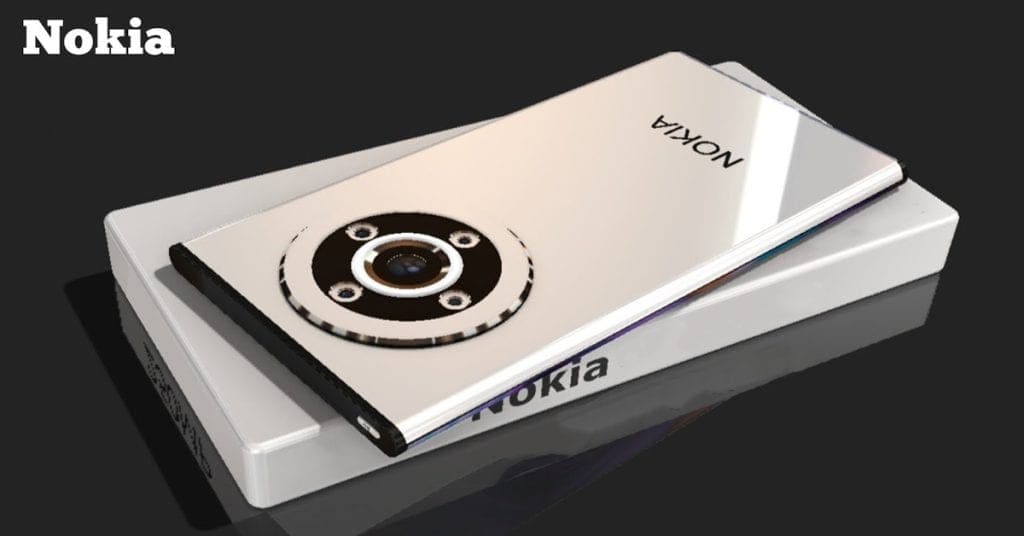
Nokia King Pro Max 2025 specs
HMD Global is preparing to launch another standout device in its flagship lineup. The Nokia King Pro Max 2025 aims to combine elegant design, elite performance, and long-lasting battery life into a single powerful handset. Starting with the display, the Nokia King Pro Max 2025 specs coming with the screen features a 6.9-inch LTPO AMOLED display.
It delivers a stunning 4K resolution and supports a 144Hz refresh rate for an ultra-smooth user experience. To enhance durability, the screen is protected by Corning Gorilla Glass Victus 2. Under the hood, this Nokia beast runs on Android 15 and gets its power from the latest Qualcomm Snapdragon 8 Gen 3 processor.

Performance remains fluid across gaming, streaming, and multitasking thanks to configurations offering 12GB, 16GB, or up to 18GB of RAM. Storage options include 256GB, 512GB, and even 1TB, expandable up to an additional 1TB via microSD. Let’s talk about the imaging system. The Nokia King Pro Max 2025 cameras feature a quad-lens setup on the rear. It consists of a 200MP main sensor, a 64MP periscope telephoto lens, a 50MP ultra-wide snapper, and a 12MP macro shooter. On the front, there’s a high-resolution 60MP camera perfect for selfies and video calls. Night mode, 8K video, and OIS ensure top-tier photography capabilities. Fueling this smartphone is a massive 15,000mAh battery that supports 120W wired charging and 50W wireless charging. Connectivity options include 5G, Wi-Fi 7, Bluetooth 5.3, USB-C, and NFC.
Nokia King Pro Max 2025 release date and price
The Nokia King Pro Max 2025 release date should arrive in early 2025, though exact details remain under wraps. As for cost, the Nokia King Pro Max 2025 price is expected to be $999 ~ Rs. 83,499. Will this be your next dream phone? Let us know your thoughts below!
Samsung Galaxy M55 vs. Vivo X200 Pro Mini: 16GB RAM, 50MP Cameras!
Don’t ignore the battle between two beasts Samsung Galaxy M55 vs. Vivo X200 Pro Mini with 16GB RAM and 50MP cameras. Catch the topic below!
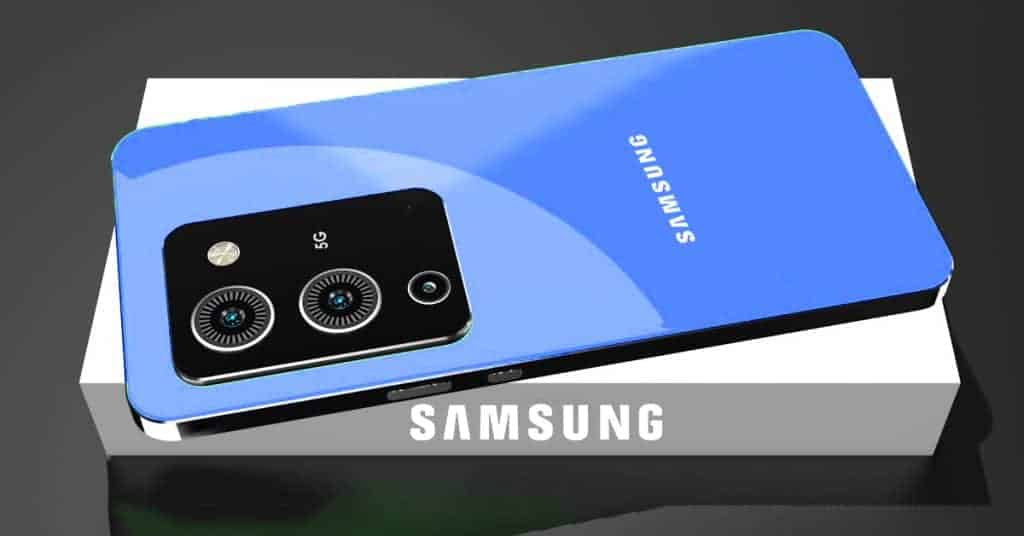
Samsung Galaxy M55 vs. Vivo X200 Pro Mini specs
The Chinese brand is about to launch Samsung Galaxy M55 with fantastic specs and massive storage. Meanwhile, the Vivo X200 Pro Mini comes with a unique design and long battery life. In detail, the Samsung flagship uses the Qualcomm Snapdragon 8 Gen 2 SoC. Besides, the Vivo handset drives the Unisoc T606 chipset as the processor. With more robust hardware, the Samsung smartphone comes first in this round.
On the side, the Samsung flagship sports 8GB/ 12GB/ 16GB of RAM and 128GB/ 256GB/ 512GB of inbuilt storage (expandable up to 512GB via a MicroSD card). Moreover, the Vivo device has 128GB/ 8GB RAM, 256GB/ 4GB RAM, and 256GB/ 8GB RAM. So, the Samsung handset defeats the Vivo phone with larger RAM. Besides, the Samsung Galaxy M55 specs flaunt a 6.9-inch Super AMOLED with 2560 x 3690 pixels.
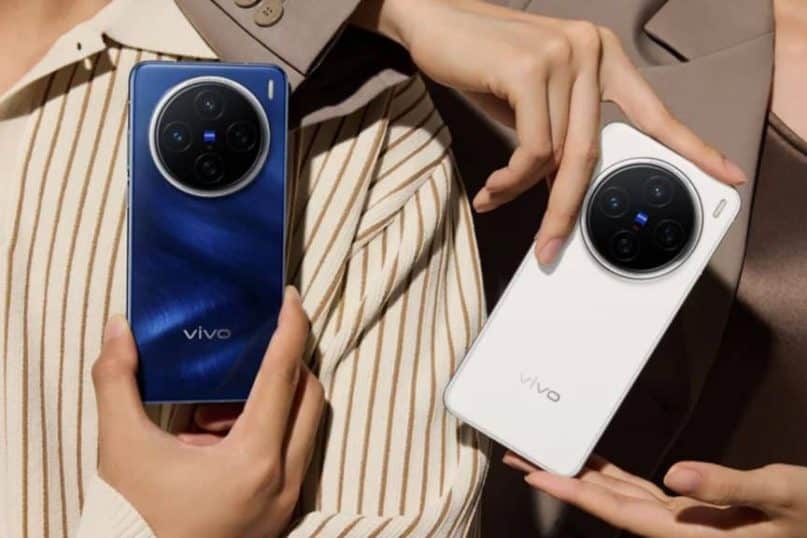
Under the hood, two beasts run on Android 15 as the operating system. Additionally, Vivo X200 Pro Mini specs offer a 6.6-inch IPS LCD with a 1080 x 2408 pixels resolution. With higher resolutions, the Samsung monster wins this round. For an optics department, the Samsung Galaxy M55 cameras rock 50MP primary lens + 16MP ultra-wide shooter + 5MP depth lens with a LED flash on the back and has a single 50MP lens for taking selfies. In contrast, the Vivo X200 Pro Mini cameras feature 50MP + 2MP + 2MP sensors on the rear setup. Meanwhile, there is a single 8MP front-facing shooter. Hence, thanks to the higher camera resolutions, the Samsung handset wins this time. Battery-wise, the Samsung handset houses a 6000mAh energy box while the other figure displays a smaller 5000mAh. Consequently, the Samsung flagship wins the last round.
Samsung Galaxy M55 vs. Vivo X200 Pro Mini release date and price
Samsung Galaxy M55 becomes a winner in this match with excellent specs. In addition, the Samsung Galaxy M55 release date should fall early next year, and its price is around $259 ~ Rs. 20,432. Also, the Vivo X200 Pro Mini price starts at $130 ~ Rs. 10,858 and may be released in August. So, do you prefer the Samsung Galaxy M55 or Vivo X200 Pro Mini? Let us know!
Nokia Swan vs. vivo X200 Pro Mini: 12GB RAM, 200MP Cameras!
Who takes the crown in the Nokia Swan vs. vivo X200 Pro Mini showdown? Let’s explore the specs and find out.

Nokia Swan vs. vivo X200 Pro Mini specs
Nokia Swan specs come with a 6.9-inch OLED display, 2560 x 3120 resolution, and Gorilla Glass 7 protection. On the other side, vivo X200 Pro Mini specs bring a 6.56-inch LTPO AMOLED display with 120Hz refresh rate and 1260 x 2800 resolution. Although the vivo device offers a smoother refresh rate, Nokia delivers a bigger, sharper panel for immersive content viewing.
Internally, Nokia equips the Snapdragon 8 Gen 3 chipset for reliable flagship performance. Meanwhile, vivo uses the newer Dimensity 9200+ chip for fast and efficient processing. Both smartphones run Android 15, ensuring optimized performance and long-term software support. In terms of memory, Nokia packs up to 12GB RAM and 512GB storage, expandable via microSD up to 1TB.
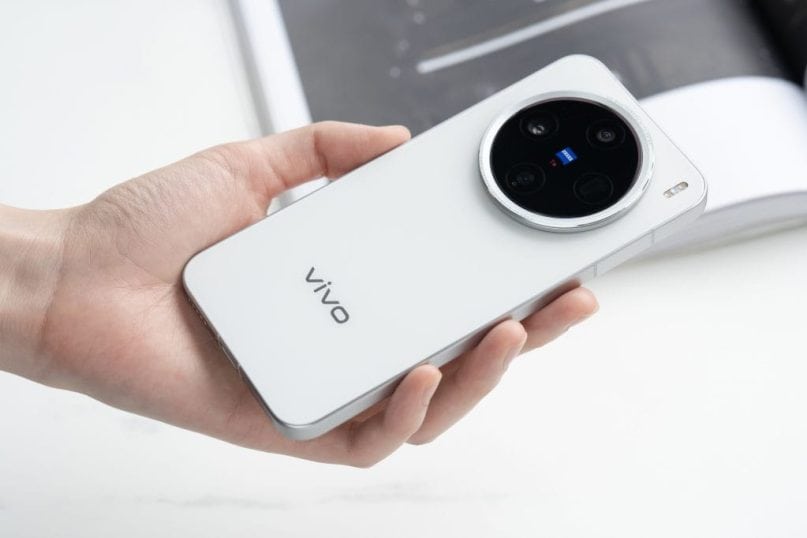
In contrast, vivo includes 12GB RAM and 512GB storage without microSD support. While storage is equal, Nokia gains flexibility with its expandable option. Now to the cameras—Nokia Swan cameras consist of 200MP + 32MP + 8MP sensors, with a 44MP front shooter. Meanwhile, vivo X200 Pro Mini cameras feature a 50MP triple-lens setup and a 32MP selfie camera. Nokia clearly dominates with ultra-high resolution for both rear and front photography. Battery-wise, Nokia houses a 7700mAh cell with 120W fast charging support. On the other hand, vivo includes a 5000mAh battery with 80W wired and 50W wireless charging. Although vivo charges faster, Nokia wins with greater battery life for long-lasting usage.
Nokia Swan vs. vivo X200 Pro Mini release date and price
The Nokia Swan release date should arrive later this year with official announcements pending. Meanwhile, the vivo X200 Pro Mini release date may happen in Q4 2024. Nokia Swan price may start at $299 ~ Rs. 24,500. Meanwhile, vivo X200 Pro Mini price begins at $699 ~ Rs. 58,300.
POCO F7 Ultra vs. ROG Phone 9 FE: 24GB RAM, 5500mAh Battery!
Start the new fight between the POCO F7 Ultra vs. ROG Phone 9 FE with 24GB RAM and a 5500mAh battery! Stay tuned to uncover the victor right here!
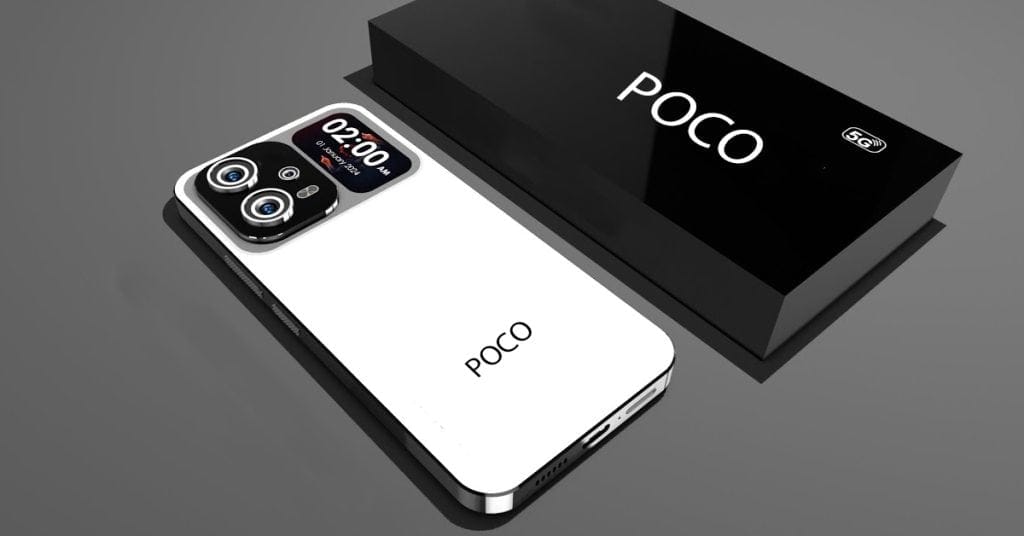
POCO F7 Ultra vs. ROG Phone 9 FE specs
The POCO F7 Ultra attracts mobile users with long battery life and gorgeous color design. Meanwhile, the ROG Phone 9 FE debuts with fantastic specs and a modern design. In contrast, the POCO F7 Ultra specs feature a 6.82-inch LTPO AMOLED with a 1440 x 3168 pixels resolution and 120Hz refresh rate. Besides, ROG Phone 9 FE specs arrive with a 6.78-inch LTPO AMOLED with a 1080 x 2400 pixels resolution.
Hence, the Xiaomi monster wins with better display technology. Moreover, the Xiaomi handset boots 256GB/ 12GB RAM, 256GB/ 16GB RAM, 512GB/ 16GB RAM, 1TB/ 16GB RAM, and 1TB/ 24GB RAM (no card slot). Furthermore, the Asus device offers 16GB/ 24GB RAM and 512GB/ 1TB ROM (no card slot). Under the hood, the Xiaomi phone uses the Qualcomm Snapdragon 8 Gen 3 SoC.
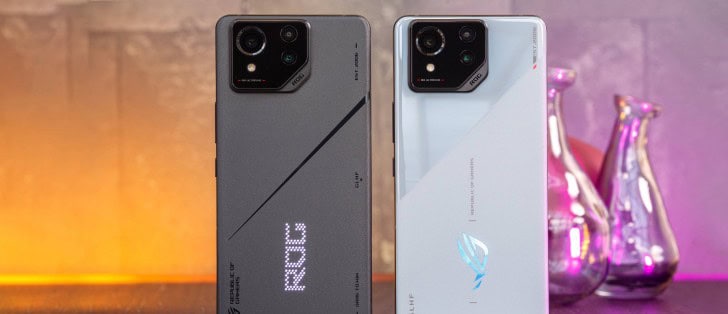
Meanwhile, its rival gets power from the Qualcomm Snapdragon 8 Gen 3 chipset. Battery-wise, the Xiaomi smartphone houses a 5400mAh power box. Meanwhile, the Asus handset carries a larger 5500mAh energy box. Each team gets one point in this round! How about the photography department? The POCO F7 Ultra cameras feature triple 50MP + 64MP + 16MP rear sensors and a single 16MP shooter for selfies. In addition, the ROG Phone 9 FE cameras pack 50MP primary lens + 32MP telephoto + 13MP ultrawide sensor with LED flash. Furthermore, a single 32MP sensor is at the front for clicking selfies. Hence, the Xiaomi beast wins this round with more massive cameras. Lastly, the Xiaomi machine runs on Android 15-based OxygenOS 15/ ColorOS 15, while the Vivo device boots on Android 15 as the operating system.
POCO F7 Ultra vs. ROG Phone 9 FE release date and price
The POCO F7 Ultra release date is going to happen soon. Meanwhile, the ROG Phone 9 FE release date might occure in January 2024. Concerning the cost, the POCO F7 Ultra price begins at $699 ~ Rs. 58,365. Meanwhile, the ROG Phone 9 FE price starts around $1,061 ~ Rs. 88,591. Which one do you favor? Please drop us an opinion in the comment section!
Nokia Spider 2025 Specs: 250MP Cameras, 8500mAh Battery!
Let us introduce a new flagship powerhouse featuring 250MP cameras and an 8500mAh battery. Dive into the full article below for more exciting details about the Nokia Spider 2025 specs!
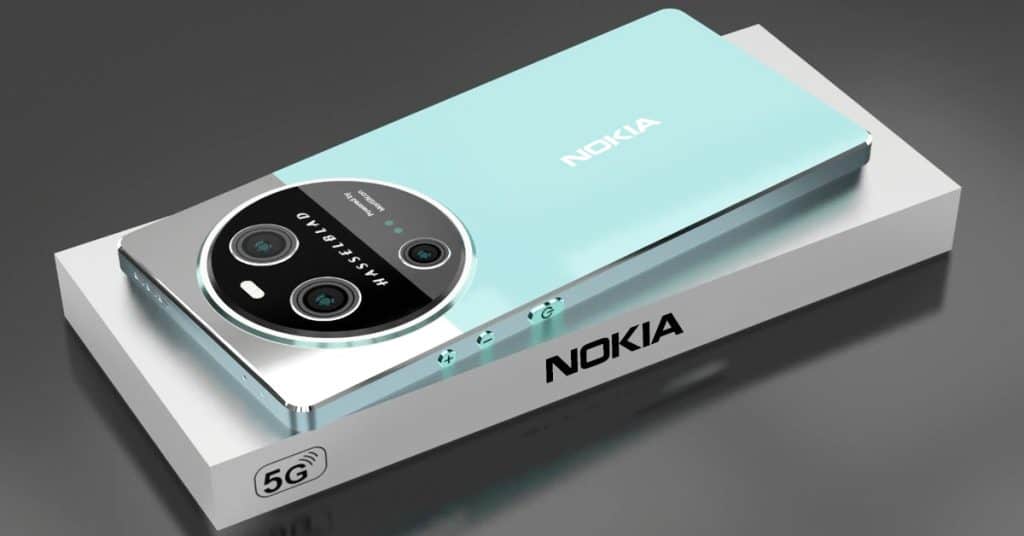
Nokia Spider 2025 specs
According to trusted sources, HMD Global is working on several impressive smartphones this year, including the highly anticipated Nokia Zenjutsu and Nokia Beam series. Today, we’re shifting focus to another powerful contender: the Nokia Spider 2025. This model combines cutting-edge features, a bold design, and flagship-level performance. Starting with the display, the Nokia Spider 2025 flaunts a stunning 6.9-inch LTPO Super AMOLED panel with a 4K resolution (3200 x 1440 pixels).
It also offers a buttery-smooth 144Hz refresh rate and a tall 21:9 aspect ratio, making it ideal for immersive viewing and gaming experiences. On the performance side, this beast runs on the brand-new Qualcomm Snapdragon 8 Gen 3 chipset, ensuring top-notch speed and efficiency. It pairs with three RAM options — 12GB, 16GB, or 18GB — and storage capacities of 256GB, 512GB, or a massive 1TB. Additionally, users can expand storage up to 1TB via a dedicated microSD card slot.
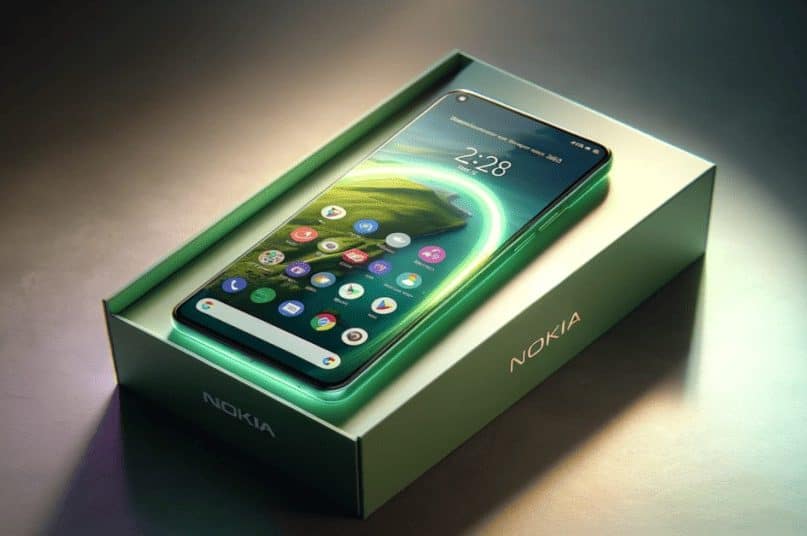
Regarding software, the Nokia Spider 2025 ships with Android 15 out of the box. Moving to the camera system, it features a quad-lens rear setup, including a groundbreaking 250MP primary sensor, a 64MP periscope telephoto lens, a 50MP ultra-wide shooter, and a 10MP macro lens with AI enhancements. On the front, a 60MP selfie camera supports 4K video and advanced portrait modes. Powering all these features is a massive 8500mAh battery, capable of 120W wired fast charging and 50W wireless charging. Thanks to this setup, the phone easily lasts through heavy use. Connectivity options include 5G, Wi-Fi 7, Bluetooth 5.4, NFC, and USB-C 4.0. Color variants include Stealth Black, Crimson Red, and Glacier Silver.
Nokia Spider 2025 release date and price
As of now, HMD Global has not confirmed the exact launch date. However, the Nokia Spider 2025 is expected to debut globally by late Q4 2025. Regarding cost, Nokia Spider 2025 price may start at $399 ~ Rs. 33,200. What do you think of this ultimate flagship? Let us know your thoughts in the comment section!
Samsung Galaxy S25 Slim vs. Itel S25 Ultra: 16GB RAM, 200MP Cameras!
The race between Samsung Galaxy S25 Slim vs. itel S25 Ultra with 16GB RAM and 200MP cameras finally begins. Discover the final winner below!
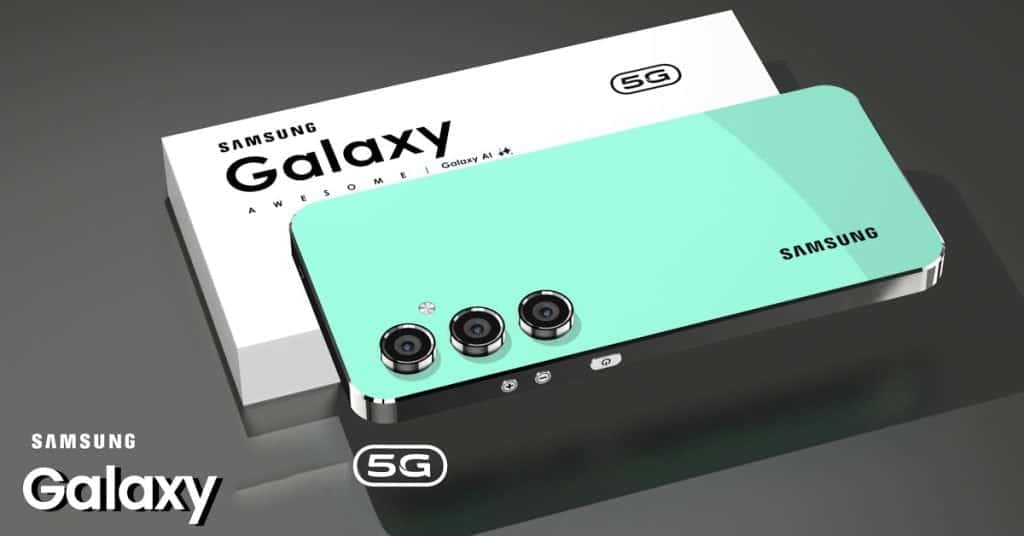
Samsung Galaxy S25 Slim vs. itel S25 Ultra specs
Samsung Galaxy S25 Slim comes with powerful premium specs and stunning camera technology, while itel S25 Ultra has a gorgeous design and long battery life. In detail, Samsung Galaxy S25 Slim specs offer a large 6.85-inch Super AMOLED screen with 1080 × 1920 pixels and a 21:9 ratio aspect. Moreover, itel S25 Ultra specs carry a 6.7-inch IPS LCD with a 720 x 1600 pixels resolution.
Furthermore, both smartphones run the latest Android 15 operating system. The Samsung device uses the Qualcomm Snapdragon 8 Gen 2 chipset, while the itel handset accepts power from the MediaTek Helio G81 chipset. The Samsung phone offers 12GB/ 16GB of RAM and 256GB/ 512GB/ 1TB of onboard storage (can be expandable up to 1TB).
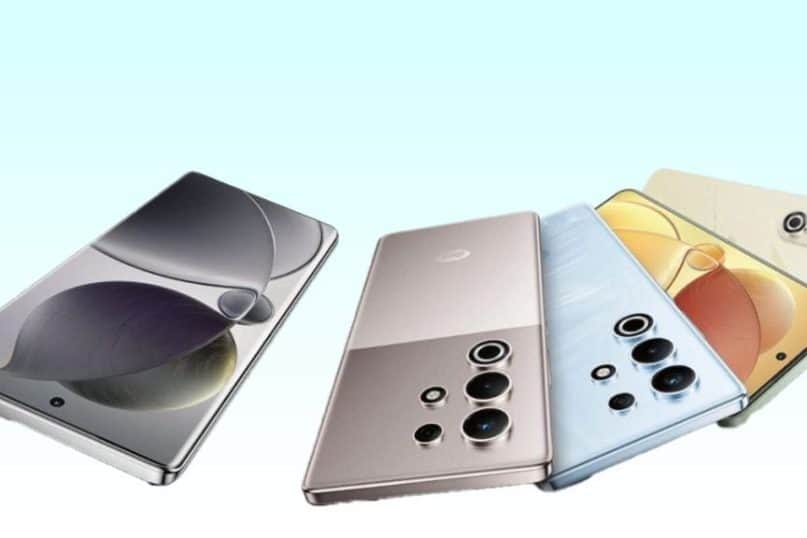
Furthermore, the itel phone sports 128GB/ 4GB RAM and 256GB/ 6GB RAM (expandable up to 256GB). Therefore, the Samsung beast wins this round with colossal RAM. Let’s move on to an optics system! In detail, The Samsung Galaxy S25 Slim cameras consist of 200MP primary + 16MP ultrawide lens + 8MP depth shooter on the back. Meanwhile, there is a single 50MP lens for selfies and video calling. Otherwise, the itel S25 Ultra cameras equip a dual 48MP primary lens + Auxiliary lens at the rear. On the front-facing, it has a single 8MP for taking selfies. Therefore, the itel beast scores this time with higher camera resolutions. Battery-wise, this Samsung handset keeps the lights on with an 8000mAh juice box. In addition, the itel phone rocks a smaller 5000mAh juice box. Today’s game looks like the Samsung brand takes the prize with excellent specs.
Samsung Galaxy S25 Slim vs. itel S25 Ultra release date and price
The Samsung Galaxy S25 Slim release date should fall in the upcoming months, whereas the itel S25 Ultra release date might happen soon. For the cost, the Samsung Galaxy S25 Slim price starts at $249 ~ Rs. 20,780. Besides, the itel S25 Ultra phone price is around $193 ~ Rs. 16,203. Which one do you choose? Tell us in the comment section!
Vivo Y39 5G Specs: 8GB RAM, 50MP Cameras!
Vivo fans, get ready to meet the new Vivo Y39 5G that arrives with 8GB RAM and 50MP cameras. Keep reading all the amazing Vivo Y39 5G specs right below!
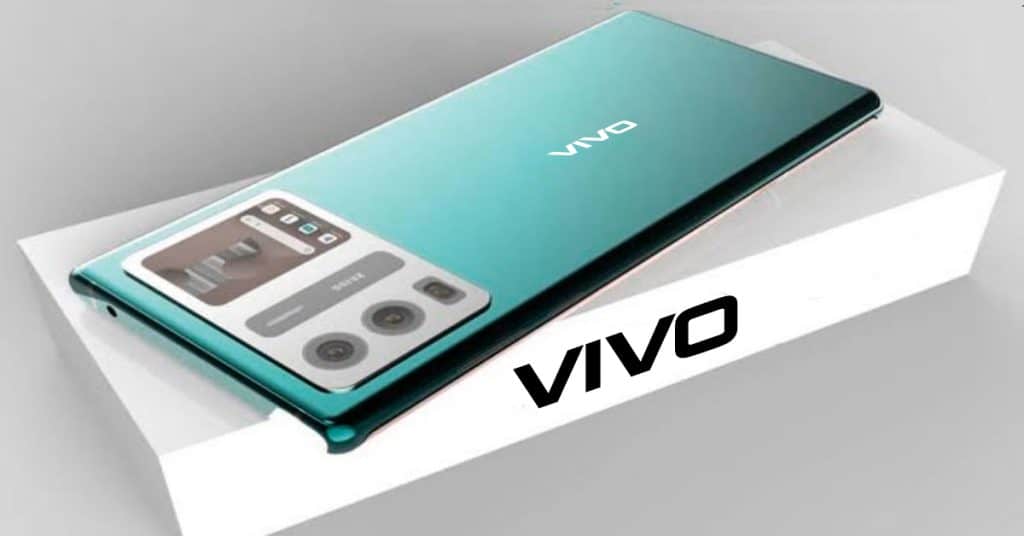
Vivo Y39 5G specs
Vivo is rumored to unveil a Y-series smartphone in India. The Vivo Y39 5G hit the market in Malaysia last month. The phone’s promotional marketing materials have been leaked, disclosing crucial specs. In addition, we receive pricing information for the impending sale. The Vivo Y39 5G is planned to be released as the successor of the Vivo Y36 5G, which was announced in 2023. Vivo released the Vivo Y38 5G in May, however it was not available in India.
The Vivo Y39 5G specs boasts a 6.74-inch HD+ display with a 90Hz refresh rate, 1600 x 720 pixels resolution, 570 HBM brightness, and 260 DPI, offering vibrant visuals even in bright environments. Under the hood, the Unisoc T7225 processor powers the device, ensuring smooth everyday performance. For memory, the 8GB LPDDR4x RAM pairs with 128GB and 256GB storage options. Additionally, it runs on Android 15-based Funtouch OS 15, delivering an optimized user experience.
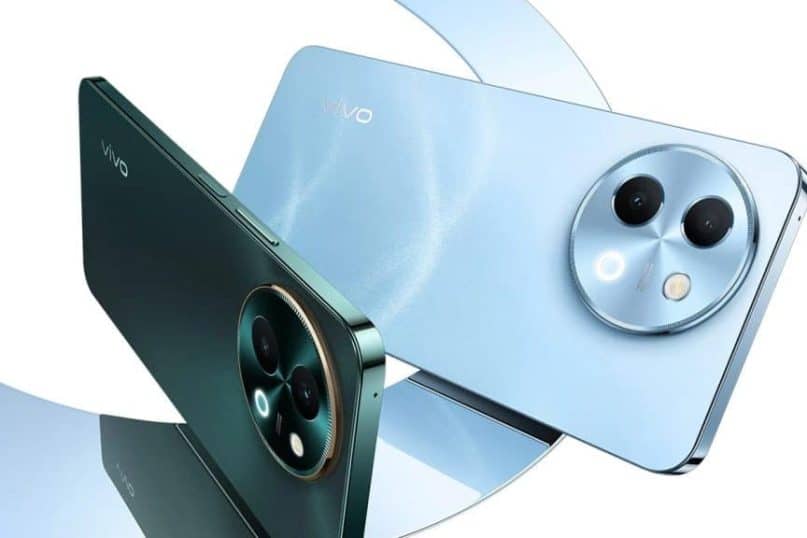
In terms of photography, the Vivo Y39 5G sports a 50MP primary camera + 2MP depth snapper and a 0.08MP secondary sensor. Meanwhile, a 5MP front camera handles selfies and video calls. Security-wise, a side-mounted fingerprint scanner ensures quick and secure access. The device also boasts military-grade shock resistance (SGS-certified), ultra-high 200% volume, and an IP64 rating for splash resistance. For connectivity, it supports 4G LTE, dual-band Wi-Fi, Bluetooth 5.2, and GPS. A 5,500mAh battery with 15W fast charging keeps the device running all day, an upgrade from the 5,000mAh battery.
Vivo Y39 5G release date and price
The Vivo Y39 5G release date might happen soon in the following weeks. As for the cost, the Vivo Y39 5G price starts from $168 ~ Rs. 14,000. What do you think about the new Vivo smartphones? Leave your thoughts in the comment section below!
Nokia Zenjutsu vs. Honor Magic7 RSR Porsche Design: 16GB RAM, 200MP Cameras!
Don’t ignore the combat between two monsters: Nokia Zenjutsu vs. Honor Magic7 RSR Porsche Design, with 16GB RAM and 200MP cameras. Discover the full details below!

Nokia Zenjutsu vs. Honor Magic7 RSR Porsche Design specs
The Nokia Zenjutsu beast arrives with a long-life battery and a premium camera system. Meanwhile, Honor Magic7 RSR Porsche Design is a foldable phone with a gorgeous design. In detail, the Nokia device ships with 12GB/ 16GB of RAM and 256GB/ 512GB of internal storage. There should be a microSD card in the box that can expand its storage up to 1TB. Moreover, the Honor device ships with 16GB RAM and 1TB of internal storage (no card slot).
Hence, with the larger storage capacity, one point belongs to the Nokia teams. As for the display, the Nokia Zenjutsu specs feature a 6.92-inch Super AMOLED with a 1080 x 2400 pixels resolution and a refresh rate of 120Hz. In addition, Honor Magic V2 RSR Porsche Design specs offer a 7.92-inch Foldable LTPO OLED with a 2156 x 2344 pixels resolution. Besides, its cover display flaunts a 6.43-inch LTPO OLED with 1060 x 2376 pixels. Thanks to the bigger screen size, the Honor handset wins this round.
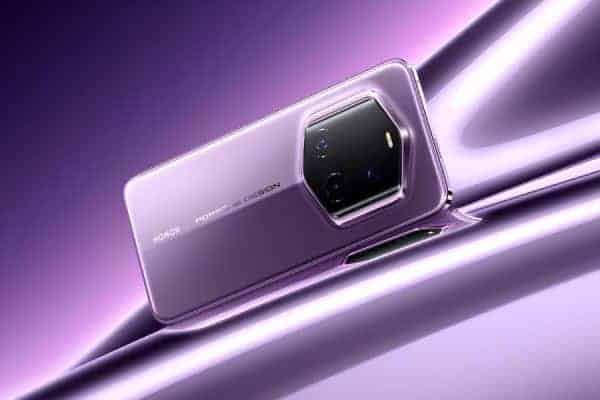
On the other side, the Nokia flagship uses the Qualcomm Snapdragon 8 Gen 3 chipset. Besides, the Honor handset drives the Qualcomm Snapdragon 8 Gen 2 chipset as the processor. The Nokia Zenjutsu cameras boast a triple 200MP main sensor + 16MP ultrawide shooter + 8MP depth scanner on the back. Additionally, it has a 16MP front-facing shooter. In contrast, the Honor Magic7 RSR Porsche Design cameras feature a triple 50MP + 20MP + 50MP scanner at the back. Meanwhile, its front camera has a 16MP sensor for taking selfies. Hence, the Nokia team won this round thanks to the higher camera resolutions. Under the hood, the Nokia beast boots Android 15, while its rival works on Android 13-based MagicOS 7.2 as the operating system. Last but not least, the Nokia handset houses a 7600mAh energy box battery-wise, while the Honor device carries a smaller 5000mAh juice box and one more point for Nokia in the last round. Overall, Nokia is the final winner of our race today because of better specs!
Nokia Zenjutsu vs. Honor Magic7 RSR Porsche Design release date and price
The Nokia Zenjutsu release date should fall in the next quarter of this year. Besides, the Honor Magic V2 RSR Porsche Design is now up for sale. Moreover, the Nokia Zenjutsu price is $245 ~ Rs. 20,019. Conversely, the Honor Magic7 RSR Porsche Design price starts from $2,943 ~ Rs. 244,013. Which one will you choose? Stay tuned for our updated information!
Nokia Lumia Pro 2025 Specs: 200MP Cameras, 18900mAh Battery!
Are you ready to explore a new Nokia powerhouse packed with stunning features like quad 200MP cameras and an 18,900mAh battery? Let’s dive into the Nokia Lumia Pro 2025 specs below!

Nokia Lumia Pro 2025 specs
Following the success of the previous Nokia Lumia models, HMD Global is now set to shake up the smartphone market once again. This time, the spotlight is on the Nokia Lumia Pro 2025 — a flagship device designed to deliver a premium experience from every angle. To begin with, the Nokia Lumia Pro 2025 boasts a large 6.8-inch Super AMOLED display with a crisp 4K resolution.
It also features a 20:9 aspect ratio and is shielded by Corning Gorilla Glass 7, ensuring durability and vibrant visuals. Moving to the hardware, the phone runs on the powerful Qualcomm Snapdragon 8 Gen 3 chipset, enabling smooth multitasking and enhanced performance. Moreover, the Nokia phone supports a massive 18,900mAh battery, coupled with 65W fast charging technology.
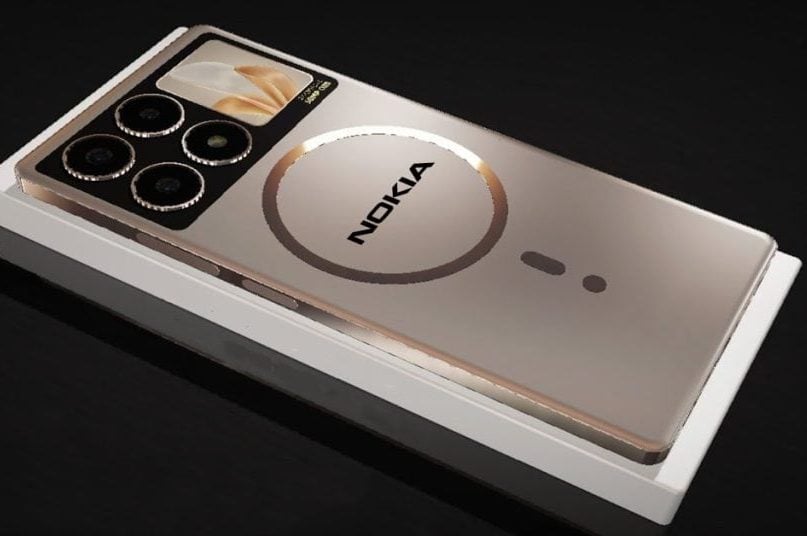
You can expect extended usage without constantly reaching for the charger. As for storage, this beast comes in 12GB and 16GB RAM variants, along with 256GB and 512GB internal storage options. If you need more space, you can easily expand it up to 1TB using a microSD card. Turning to the camera system, the Nokia Lumia Pro 2025 impresses with a quad-camera setup on the rear: a 200MP main sensor, a 44MP telephoto lens, a 16MP ultrawide sensor, and an 8MP depth sensor. On the front, it sports a high-quality 64MP selfie camera that ensures sharp photos and clear video calls. For added security, the phone includes a side-mounted fingerprint scanner. It also supports 5G, Wi-Fi, Bluetooth, GPRS, and more. Furthermore, the phone runs on the latest Android 14 operating system.
Nokia Lumia Pro 2025 release date and price
HMD Global is expected to launch the Nokia Lumia Pro in the upcoming months. As for the pricing, the Nokia Lumia Pro 2025 price could start at around $290 or roughly Rs. 23,019. Are you excited about this powerful Nokia return? Share your thoughts with us in the comments!
Realme P3x 5G vs. Infinix GT 30 Pro: 108MP Cameras, 5000mAh Battery!
The battle lines are drawn between the Realme P3x 5G vs. Infinix GT 30 Pro, both designed for gamers with 108MP cameras and a 5000mAh battery. Which one leads the pack?

Realme P3x 5G vs. Infinix GT 30 Pro specs
Realme P3x 5G arrives with a massive battery capacity. Meanwhile, the Infinix GT 30 Pro is the upcoming handset with a gorgeous design. The processor powering the Realme smartphone is the Qualcomm Snapdragon 8 Gen 3 chipset, while the Infinix smartphone takes power from the Mediatek Dimensity 8200 Ultimate chipset.
Under the hood, the Infinix handset ships on the software with Android 14 as the operating system. Besides, the Infinix device runs on Android 14-based XOS 14. Regarding the screen, Realme P3x 5G specs flaunt a 6.7-inch OLED with a 1080 x 2412 pixels resolution. Meanwhile, the Infinix GT 30 Pro specs offer a 6.78-inch AMOLED with a 1080 x 2400 pixels resolution.
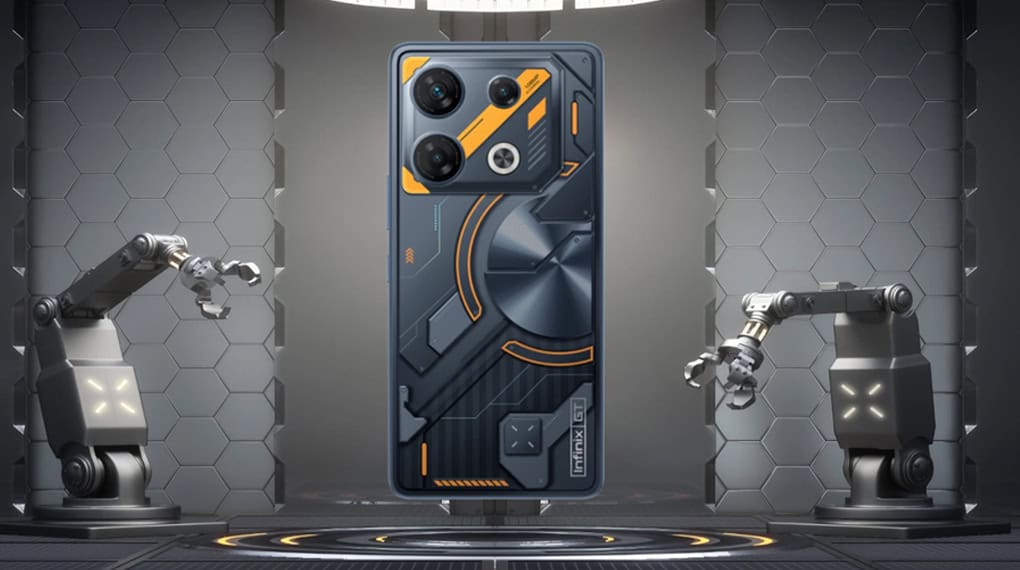
With a higher resolution display, the Infinix team wins this round! On the other side, the Realme smartphone comes with 12GB RAM and 256GB of internal storage (no card slot). Furthermore, the Infinix machine boots 8GB/ 12GB RAM and 256GB of internal storage (no card slot). In this round, the Infinix team with a larger memory system gains a point! In terms of the photography department, the Realme P3x 5G cameras carry a triple 50MP primary lens + 50MP telephoto + 8MP ultrawide shooter on the back. Plus, there is a single 50MP front lens on display. Moreover, the Infinix GT 30 Pro cameras offer a triple 108MP primary sensor + 2MP depth sensor + 2MP macro snapper at the rear and a single 32MP selfie snapper. Battery-wise, the Realme device houses a 5000mAh energy cell, while the other figure bears the same 5000mAh power cell that supports a relatively tame 33W charging. One final point is the Infinix phone, which has a more amazing optics system!
Realme P3x 5G vs. Infinix GT 30 Pro release date and price
The Realme P3x 5G is expected to be released in the upcoming months, while the Infinix GT 30 Pro was released in April 2024. In terms of pricing, the Realme P3x 5G starts at $430 ~ Rs. 35,690, while the Infinix GT 30 Pro is more budget-friendly, starting at around $267 ~ Rs. 22,264. These details can help readers plan their purchases and budget accordingly. We look forward to hearing your thoughts on these smartphones!
